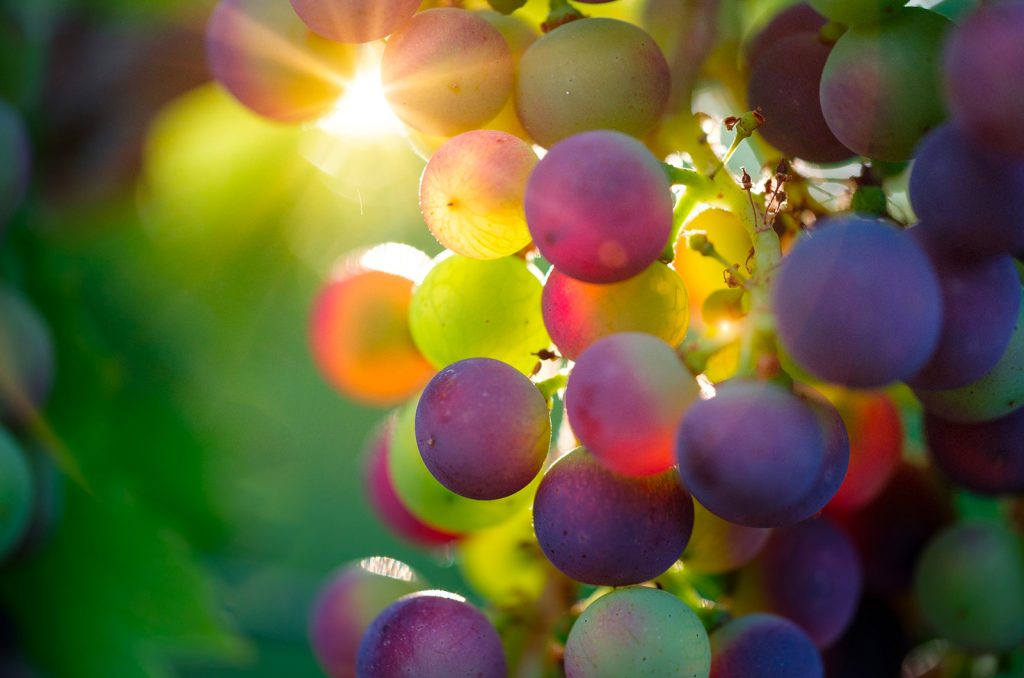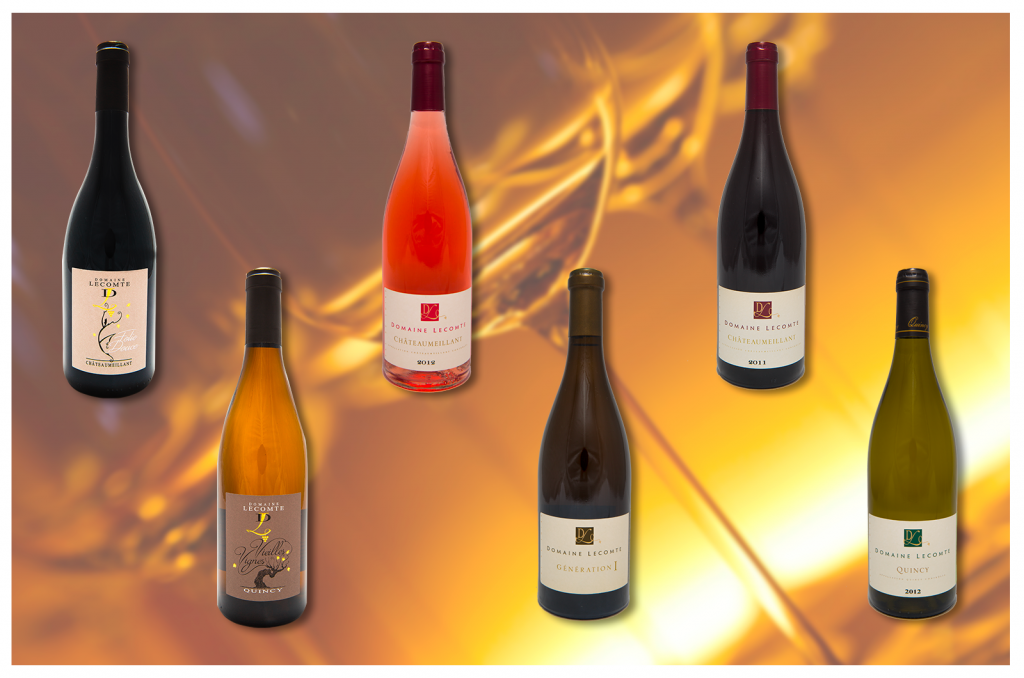Cellars and Wine Making
CHATEAUMEILLANT
The grape harvest, healthy and mature, is sorted out on table, destemmed and put in tank by conveyor belt. The maceration allows to put in contact skin (where are located colourings) and the juice of the grape. After a short cold maceration from 2 to 3 days, the alcoholic fermentation starts.
It is necessary to reach a range of temperature between 25°C and 30°C to obtain a good color extraction. In case of cool autumn, the grape harvest will be warmed up to launch the fermentation. One or two daily pumping-over will allow a good homogenisation and an optimal contact of the juice and the skin of the grape. When the tint wished is reached, we take out the juice then and we press the marc. We obtain then a free-run juice and a juice of press what we are put in tank or barrel. As soon as the alcoholic fermentation is ended, the malo-lactic fermentation starts. This one is a natural deacidification of the wine.
Once finished, a first racking is made and a sulphuring allows to stabilize the wine. Then, starts wine making in the course of which several rackings will take place. The first bottling will occur in spring. Wines raised in oak barrel will wait until one year for this operation.
QUINCY
Upon his arrival, the healthiest and most mature possible grape harvest is crushed.
The obtained must is sulphured to avoid oxidation issues. After a settling which lasts from 12 to 24 hours, the must is placed in tank where the fermentation will be made under a temperature mastered between 18°C and 22°C. The control of the temperatures of fermentation was one of the most striking evolutions of the last 10 years; it allows longer fermentations and gives finer and more intense aromas.
At the end of the fermentation a first racking is made to remove unrefined dregs.


